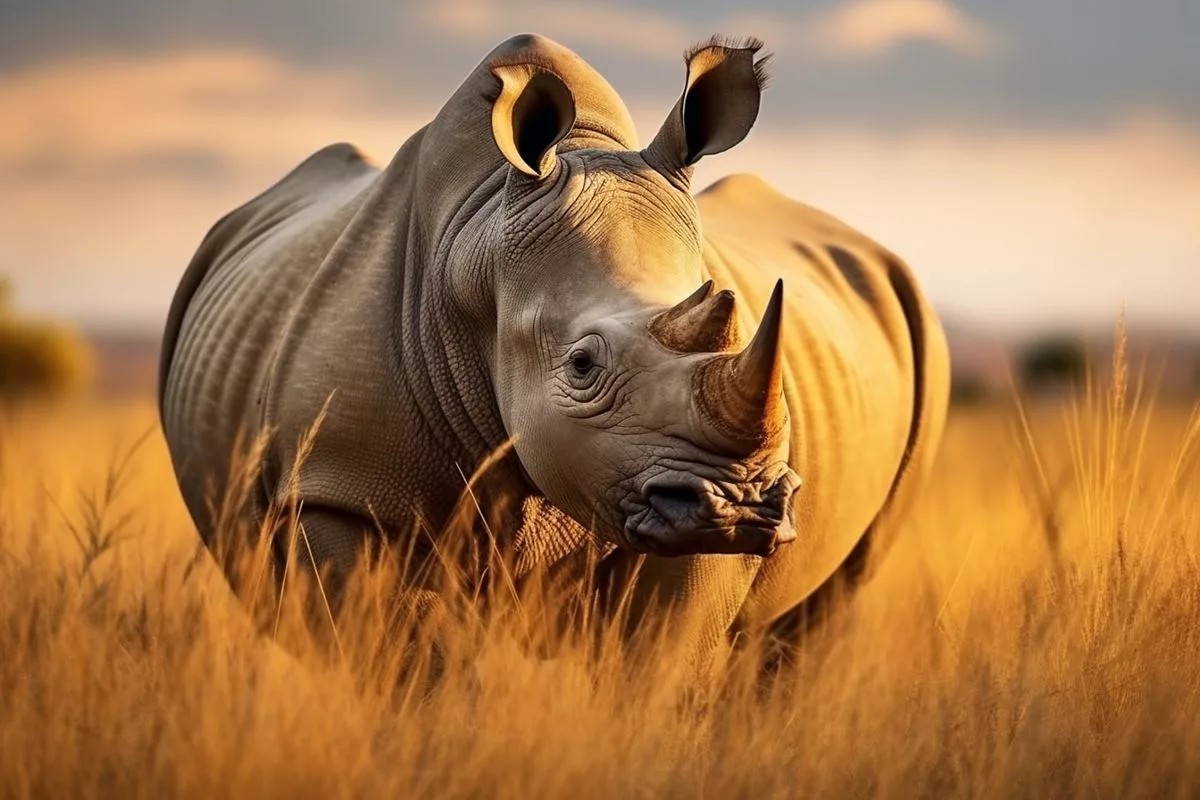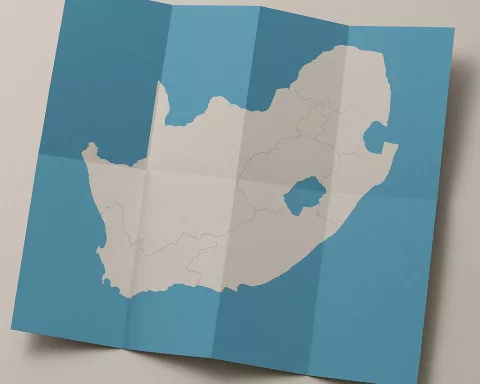South Africa’s Biodiversity Management Agreements (BMAs) aim to protect endangered species like the Southern Black Rhinoceros and the African Lion. Landowners who sign these agreements commit to conservation initiatives and legal requirements in exchange for biodiversity tax incentives under the Income Tax Act. By merging biodiversity management with financial incentives, the BMAs showcase South Africa’s innovative approach to conservation and sustainable finance. These agreements also ensure accountability and adaptability in biodiversity management, providing a comprehensive solution to preserving the country’s remarkable biodiversity.
What are Biodiversity Management Agreements in South Africa?
Biodiversity Management Agreements (BMAs) are contracts aimed at safeguarding endangered species in South Africa, such as the Southern Black Rhinoceros and the African Lion. These agreements require landowners to implement conservation initiatives and fulfill legal stipulations related to the management of these species. In exchange, landowners can receive biodiversity tax incentives under the Income Tax Act. BMAs reflect an innovative approach to sustainable finance and conservation in South Africa.
Harnessing the Power of Collaborative Conservation
In the rich mosaic of South Africa’s untamed terrains, a distinctive union has taken root, fusing environmental guardianship, socio-economic accountability, and legislative novelty. The Department of Forestry, Fisheries and the Environment has pioneered cutting-edge Biodiversity Management Agreements (BMAs), aiming to safeguard two of South Africa’s most treasured species – the Southern Black Rhinoceros and the African Lion.
Allying with the Sustainable Finance Coalition and the Wilderness Foundations Africa (WFA), three Limpopo-based private landowners have underscored their dedication to conserving these emblematic species. This contractual obligation, a ground-breaking venture in South Africa, spans five years and is tethered to the execution of the Biodiversity Management Plans (BMPs) for the rhinos and lions.
These BMAs not only capture the essence of preservation, but also reflect a masterful blend of biodiversity and economic policy. By introducing singular biodiversity tax incentives under the Income Tax Act (ITA, Act 58 of 1962), these accords stand as a tribute to South Africa’s inventive approach to sustainable finance and conservation.
Embracing Innovative Conservation Strategies
The raison d’être of a BMA is to equip any person, entity, or governmental body to regulate a species or ecosystem via an approved BMP. It is a potent instrument, tailored to function in harmony with the National Environmental Management Biodiversity Agreement (NEMBA, Act No. 10 of 2004) and its corresponding regulations.
Under the mandates of these BMAs, landowners vow to implement initiatives promoting the conservation and governance of wild lions and rhinos. They also commit to fulfilling all legal stipulations linked to the management of these species. In the depths of Limpopo, Southern Black Rhinos and African Lions wander freely in open system protected regions, supervised by landowners who have signed these contracts.
The expectations from BMAs surpass simple adherence. They obligate the landowner to engage in numerous conservation-related activities, agreeing to shoulder any expenses related to the management of the animals. This financial obligation can be compensated through the tax incentive tied to the BMAs, given all tax conditions are satisfied. This unparalleled approach to conservation tax relief, promoted through the Coalition’s Finance Solution Approach, supports the Global Biodiversity Framework objectives and sustainable finance demands.
Ensuring Accountability and Adaptability in Biodiversity Management
Every year, the animal proprietors must give an account of the BMA’s execution to the Minister. This guarantees a consistent chain of communication and liability in the relentless pursuit of conservation.
As the terrain of knowledge and comprehension shifts, the BMPs must adapt accordingly. At present, the BMPs for both the black and white rhino and the African lion are undergoing revision. This ensures that as our understanding of these species deepens, the BMAs can be tweaked and updated to align with the latest scientific knowledge and best conservation practices.
The onus of executing these BMPs rests on dedicated groups: the Rhino Management Group handles the Rhino BMPs, and the National Lion Working Group manages the Lion BMP. These groups play a crucial role in the conservation efforts, offering expertise and commitment in the face of a perpetually changing challenge.
In essence, the BMAs symbolise a comprehensive approach to conservation. By fusing biodiversity management with financial incentives, the agreements encapsulate the joint responsibility of preservation. This innovative endeavor attests to South Africa’s dedication to conservation, sustainable finance, and the safeguarding of its remarkable biodiversity.
1. What is the purpose of Biodiversity Management Agreements (BMAs) in South Africa?
BMAs aim to protect endangered species in South Africa, such as the Southern Black Rhinoceros and the African Lion, by requiring landowners to implement conservation initiatives and fulfill legal stipulations related to the management of these species in exchange for biodiversity tax incentives under the Income Tax Act.
2. How do BMAs reflect South Africa’s approach to sustainable finance and conservation?
BMAs reflect South Africa’s innovative approach to sustainable finance and conservation by merging biodiversity management with financial incentives. These agreements provide a comprehensive solution to preserving the country’s remarkable biodiversity while ensuring accountability and adaptability in biodiversity management.
3. Who has pioneered the use of BMAs in South Africa?
The Department of Forestry, Fisheries and the Environment has pioneered the use of BMAs in South Africa, aiming to safeguard two of the country’s most treasured species: the Southern Black Rhinoceros and the African Lion.
4. What is the role of the Sustainable Finance Coalition and the Wilderness Foundations Africa (WFA) in BMAs?
The Sustainable Finance Coalition and the Wilderness Foundations Africa (WFA) have allied with the Department of Forestry, Fisheries and the Environment and three Limpopo-based private landowners to underscore their dedication to conserving these emblematic species through a ground-breaking, five-year contractual obligation.
5. How do BMAs ensure accountability and adaptability in biodiversity management?
Every year, animal proprietors who sign BMAs must give an account of the agreement’s execution to the Minister, ensuring consistent communication and liability in the relentless pursuit of conservation. Additionally, BMPs for endangered species undergo revision as our understanding of these species deepens, allowing for adaptability in biodiversity management.
6. What is the role of the Rhino Management Group and the National Lion Working Group in BMAs?
The Rhino Management Group handles the Rhino BMPs, and the National Lion Working Group manages the Lion BMP, playing a crucial role in the conservation efforts by offering expertise and commitment in the face of a perpetually changing challenge.








